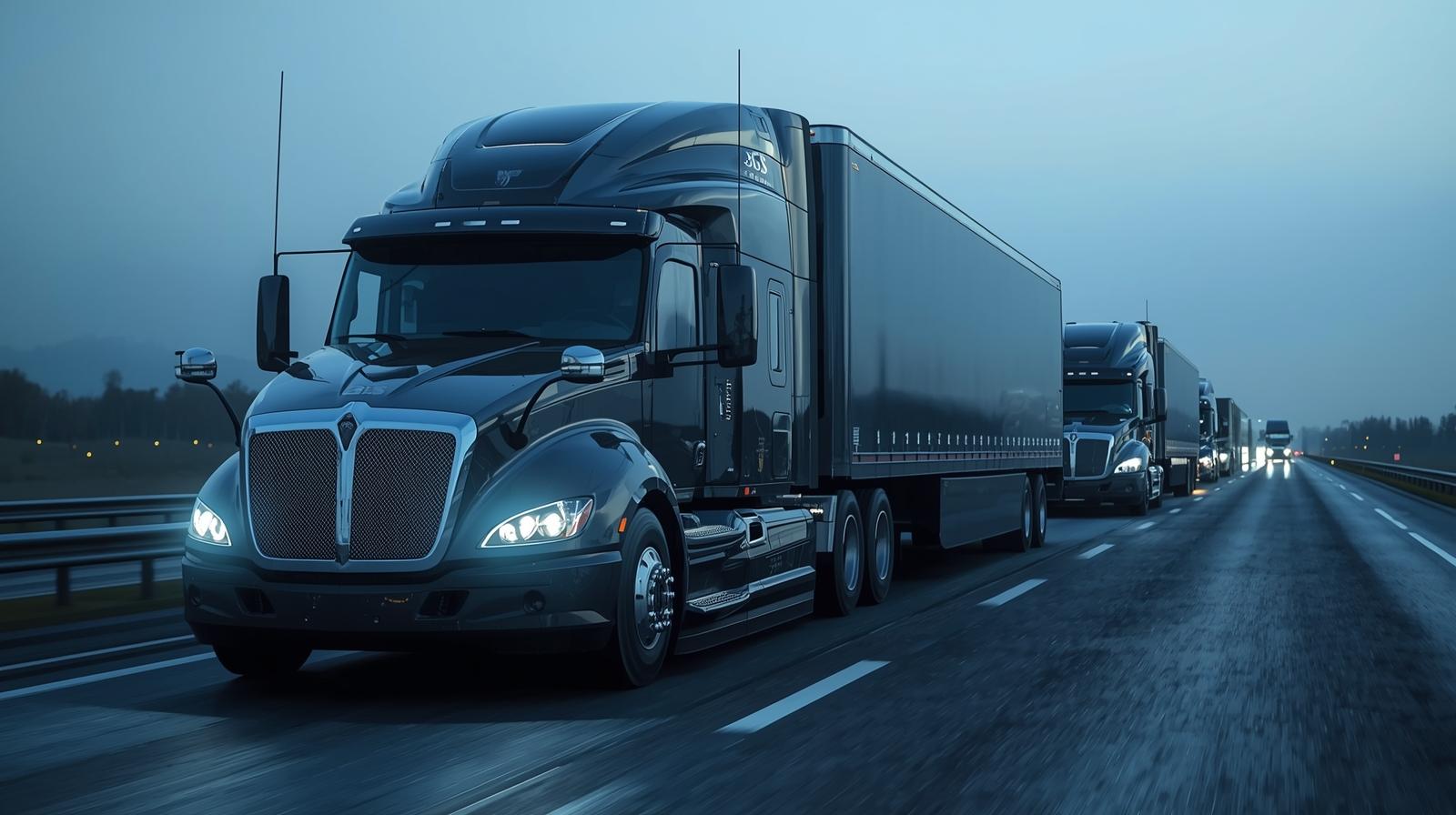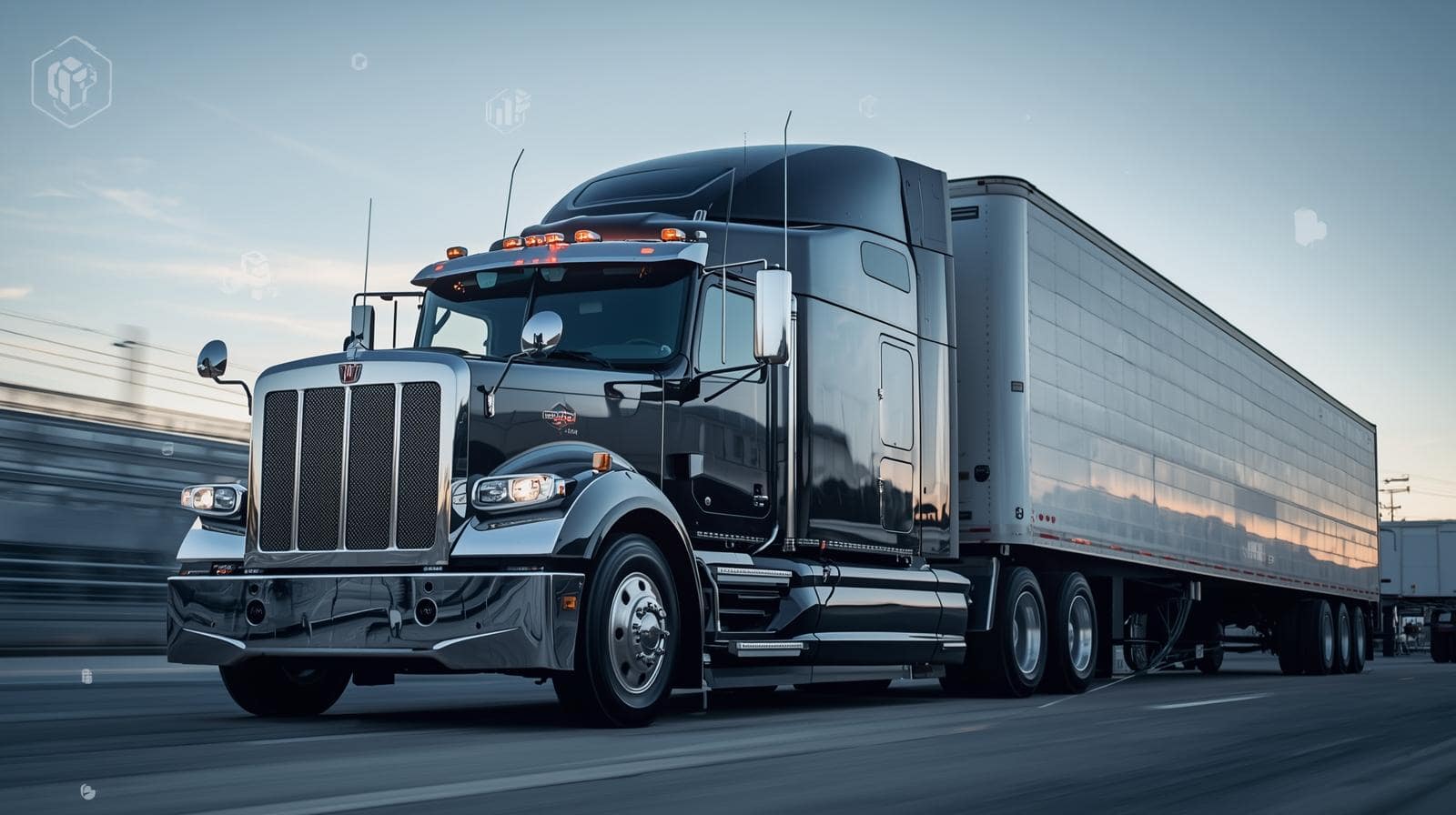Contents
Fleet management has shifted from mechanical expertise to digital intelligence. What once revolved around maintenance logs and manual scheduling now thrives on real-time analytics, telematics, and automation. Fleets today rely on digital ecosystems that connect every aspect of operations — tracking drivers, optimizing routes, managing compliance, scheduling maintenance, monitoring fuel, and analyzing performance. Every function has its own login, dashboard, and monthly fee. What began as a push for smarter logistics has become a labyrinth of subscriptions that strain both time and budgets.
Each platform markets itself as essential. Dispatch tools promise faster routing, compliance systems offer peace of mind, and analytics dashboards claim to improve fuel efficiency. Yet, when combined, these tools often overlap, creating redundancy rather than synergy. Fleet managers find themselves maintaining a digital puzzle where half the pieces perform similar tasks. Instead of enabling growth, these tools introduce friction — conflicting data, inconsistent updates, and rising costs that go unnoticed until they start cutting into profit margins.
The term subscription fatigue perfectly captures this problem. It’s not just financial — it’s operational. Managing dozens of tools means constant updates, integration headaches, and complex user management. Data that should flow seamlessly gets trapped in isolated silos. For example, a fuel tracking system might not sync with maintenance software, leading to duplicated inputs and lost insights. Over time, inefficiency snowballs into missed opportunities and inflated expenses.
A recent survey among mid-sized logistics firms revealed that businesses overspend by 25–40% annually on software they either underutilize or don’t need. It’s a silent drain that often goes unnoticed because every individual subscription seems small. But multiplied across departments, these minor costs accumulate into a significant financial burden. Fleet managers already face high operational expenses — fuel, labor, insurance — and digital clutter only adds another invisible layer to the challenge.
How Ezlogz Helps Fleet Managers Reduce Subscription Fatigue
Ezlogz believes the solution lies not in adding more tools, but in connecting them intelligently. Artificial intelligence is the turning point. Instead of operating multiple fragmented platforms, AI-driven systems consolidate key functions — tracking, analytics, compliance, and maintenance — under one cohesive structure. With automation at the core, managers can eliminate redundant software while improving visibility and control.
Imagine running your entire fleet through a single platform that predicts maintenance needs, monitors driver behavior, ensures compliance, and optimizes fuel usage — all in real time. That’s the power of unified intelligence. It’s the difference between juggling ten half-solutions and having one tool that thinks, learns, and adapts to your business.
AI integration also transforms how fleets understand software ROI. Smart dashboards don’t just display performance — they evaluate it. Managers can instantly see which tools deliver measurable value and which ones sit idle. This clarity turns subscription management from a reactive process into a proactive strategy. Instead of waiting for invoices to reveal overspending, AI pinpoints where to cut costs and where to reinvest for greater efficiency.
Centralization isn’t just about simplification — it’s about empowerment. With fewer systems to manage, teams can focus on productivity rather than software maintenance. Driver data syncs automatically with compliance reports. Maintenance alerts link directly to analytics dashboards. Communication becomes fluid, data stays consistent, and decision-making accelerates.
Technology should elevate, not complicate. By consolidating their digital ecosystems, fleets not only reduce costs but also unlock agility — the ability to adapt quickly, scale intelligently, and operate with precision. Simplifying the software landscape is no longer a convenience; it’s a survival strategy in a market where margins are thin and competition is fierce.
Ezlogz is leading this transformation by building AI-powered fleet platforms that unite data, automation, and human insight. Our systems turn complexity into clarity, ensuring managers have the tools they need — just fewer of them, working smarter together.
Why Simplifying Your Fleet Software Stack Boosts Efficiency
Cutting down on software tools doesn’t mean limiting performance — it means refining it. A streamlined system powered by AI improves response times, reduces manual work, and ensures accuracy across all departments. When all data flows through one source of truth, fleet managers gain better forecasting, clearer analytics, and faster insights.
A simpler stack also enhances security. Fewer logins and integrations reduce the risk of breaches and errors. Plus, IT maintenance becomes easier, updates are unified, and technical issues are minimized. Efficiency isn’t just about saving money — it’s about creating an environment where your team and technology move in sync.
Practical Steps for Fleet Software Optimization
| Step | Action | Result |
| 1 | Conduct a full audit of all active subscriptions | Identify redundant or unused software |
| 2 | Evaluate tool usage and overlap | Highlight inefficiencies and duplicated features |
| 3 | Migrate to a unified AI-driven platform | Streamline data flow and reduce costs |
| 4 | Train teams on consolidated systems | Improve adoption and operational consistency |
| 5 | Monitor performance regularly | Ensure sustained efficiency and ROI growth |
The Future of Fleet Management Is Unified Intelligence
The era of fragmented systems is ending. AI-driven platforms like Ezlogz are redefining fleet management by combining automation, analytics, and adaptability in one place. Instead of drowning in data and expenses, fleet managers can finally operate with clarity and control.
Subscription fatigue may be a modern challenge, but its solution is rooted in simplicity — fewer tools, smarter systems, and technology that truly works for you.
FAQ
1. What is subscription fatigue in fleet management?
Subscription fatigue happens when fleets rely on too many overlapping digital tools, causing inefficiency, data fragmentation, and rising operational costs.
2. Why do fleets overspend on software?
Departments often buy separate tools for similar tasks without central coordination, creating duplicate expenses and inconsistent data.
3. How can AI reduce software overload?
AI consolidates multiple fleet functions — tracking, analytics, compliance, and maintenance — into one unified system that automates operations and eliminates redundancy.
4. What are the first steps to reducing software waste?
Start with a full audit of all subscriptions, identify unused or low-value tools, and transition toward integrated, AI-powered platforms.
5. Are fewer tools risky for large fleets?
No. Unified AI systems are designed to scale, adapting dynamically to growing fleets while improving reliability and performance.
6. How does Ezlogz help fleet managers fight subscription fatigue?
Ezlogz provides intelligent fleet management software that replaces multiple tools with a single, adaptive AI ecosystem — enhancing efficiency, control, and profitability.
7. What are the main benefits of consolidating digital systems?
Lower software expenses, smoother data flow, reduced manual entry, improved reporting accuracy, and faster decision-making across the fleet.










